Constantinople Becomes Istanbul
The Fatih Mosque possessed the center of a tremendous, square plaza. The barrel vaults of earlier Byzantine cisterns served as the establishment for the terraced complex. To sets of eight madrasas that have reciprocal symmetry served for the consider of canonical law or sharia. Fatih expecting the imaret as a welfare institution so the kitchens arranged dinners for over 1,000 people daily. Mehmet II moved from his palace within the center of the city to the extraordinary tip of the promontory, where the acropolis of the ancient Greek city of Byzantium.
Topkapı Sarayı was organized on a progression of three courts that were included too. The Imperial Gate into the primary located to a couple of steps from the apse of Hagia Sophia. The imperial progression assembled for formal ceremonies within the Court of Processions which was a trapezoidal scope secured with tall plane trees. Fatih’s architect wrapped the edges of the court with an arcade of pointed arches. He utilized ancient columns.
 Topkapı Palace
Topkapı Palace
The Diwan or Council Hall was the foremost vital political space in Topkapı. It comprised of a progression of three domed halls, secured by an L-shaped colonnade. The Diwan served for official assembly and everyday regulatory gathering of the viziers. Too, behind the Diwan lay the collection of mistresses which was a collection of little courts and thickly pressed chambers on the domain.
The period of Architect Sinan
Sinan was the greatest architect of the Ottoman renaissance. In Istanbul, he built twenty-two major mosques and imarets. He amassed wide information of structure, composition, and enhancement whereas serving forerunner, Acem Alisi who architect of most of Süleyman I’s additions to Topkapı. Sinan built an imaret in honor of Hürrem, the Haseki Hürrem complex. He secured the mosque with a single hemispherical dome and outlined the hospital, an institution particularly ladies, with a bizarre octagonal court. The Mihrimah Cami at the Edirne Gate carried one of Sinan’s impressive domes.
Sinan’s, to begin with, work for Süleyman I was the Şehzade Cami. Sinan combined the central dome with four semidomes, motivated by Hagia Sophia, such as Fatih Mosque. The pyramidal massing of the central dome, semidomes and four smaller domes at the corners cascaded to a square forecourt. It was indistinguishable for the mosque.
 Şehzade Mosque
Şehzade Mosque
For the Süleymaniye Mosque, Sinan returned to the composition of Hagia Sophia. He made a central dome as huge as the Byzantine model, encompassed by two semidomes. The bound together space of the mosque exuded a hopeful sense of light and openness. Moreover, Süleymaniye’s arrangement of courts rehashes the Hagia Sophia conspire. Comparable to Fatih Mosque, Süleyman’s mosque ruled an endless terraced space. Seven madrasas held the edges, each with a square courtyard.
 Süleymaniye Mosque’s inside
Süleymaniye Mosque’s inside
Papal Rome
The architecture of ancient Rome recommended prescribed to Renaissance architects a framework of symmetry, agreeable extents, and embellishing columns. The popes supported a talented group of specialists and architects which included Donato Bramante, Raphael, Antonio da Sangallo the Younger and Michelangelo. They worked with the dialect of classicism. The Roman forum returned to a grass-covered cattle market, Campo Vaccino. The popes cleared out Rome to dwell in Avignon, France. Their return to Rome opened the way for the Papal Restoration, committed to modifying both the urban texture and the hierarchy of the Catholic Church.
Alessandrina served as the location for the foremost progressed classical palaces in Rome. When the prior cardinals’ royal residences like Palazzo Venezia (Rome) and Palazzo Castellesi compared, Palazzo Castellesi showed up urbane, near to the Florentine perfect of civic excellence. The modern cardinal’s block-like palace recommended the demonstrate of urban scale and class for the rest of the modern road. Too, the pilasters, round-headed windows, and cornices imitated points of interest found on the Colosseum. The veneer of Palazzo Castellesi taken after the Cancelleria. In expansion, within the Cancellerina’s yard, two levels of arcades rose on ancient stone columns taken from a nearby destroyed theater.
 Palazzo Castellesi
Palazzo Castellesi
In Milan, Donato Bramante planned the tribune and dome of Santa Maria Delle Grazie and the along plaza of Vigevano, encompassing it with normal arcades. Bramante designed Palazzo Caprini which was opposite to Palazzo Castellesi. The two-story palace carried overwhelming rustication at the base of its five-bay facade. It permitted for two little shops to either side of the central entrance.
Tempietto took after an ancient circular holes-type temple. It’s central arrange suited its reason as a martyrium. The arrange of the Tempietto uncovered a modern translation for versatility. Bramante was charged with the foremost noteworthy extend of the century, the devastation and revamping of the Constantinian basilica of St. Peter’s. Architect and patron aiming Unused St. Peter’s to represent the Papal Restoration. Just like the Tempietto, Modern St. Peter’s was to take after a concentrically requested central arrange. The five-dome plot was closer to Byzantine quincunx plans, such as St. Mark’s in Venice. Too, there were a few likenesses to the central-plan plans of Ottoman mosques.
 Tempietto
Tempietto
 In Italy, there is a town called Palmanova, a typical example of star fortifications. It was founded by the Republic of Venice in 1593 to celebrate the twenty-second anniversary of Venice’s victory over the Ottoman Empire and to protect the Italian peninsula from other Ottoman attacks. The unique nine-sided star shape was designed by Vincenzo Scamozzi. These star shapes are designed to confuse the enemy soldiers when they are attacked and cannot find the entrance to the city. The city has excellent symmetry due to the location of the buildings it contains. The gathering area in the center is the intersection point of all the streets of the city.
In Italy, there is a town called Palmanova, a typical example of star fortifications. It was founded by the Republic of Venice in 1593 to celebrate the twenty-second anniversary of Venice’s victory over the Ottoman Empire and to protect the Italian peninsula from other Ottoman attacks. The unique nine-sided star shape was designed by Vincenzo Scamozzi. These star shapes are designed to confuse the enemy soldiers when they are attacked and cannot find the entrance to the city. The city has excellent symmetry due to the location of the buildings it contains. The gathering area in the center is the intersection point of all the streets of the city. Aydın, Atça
Aydın, Atça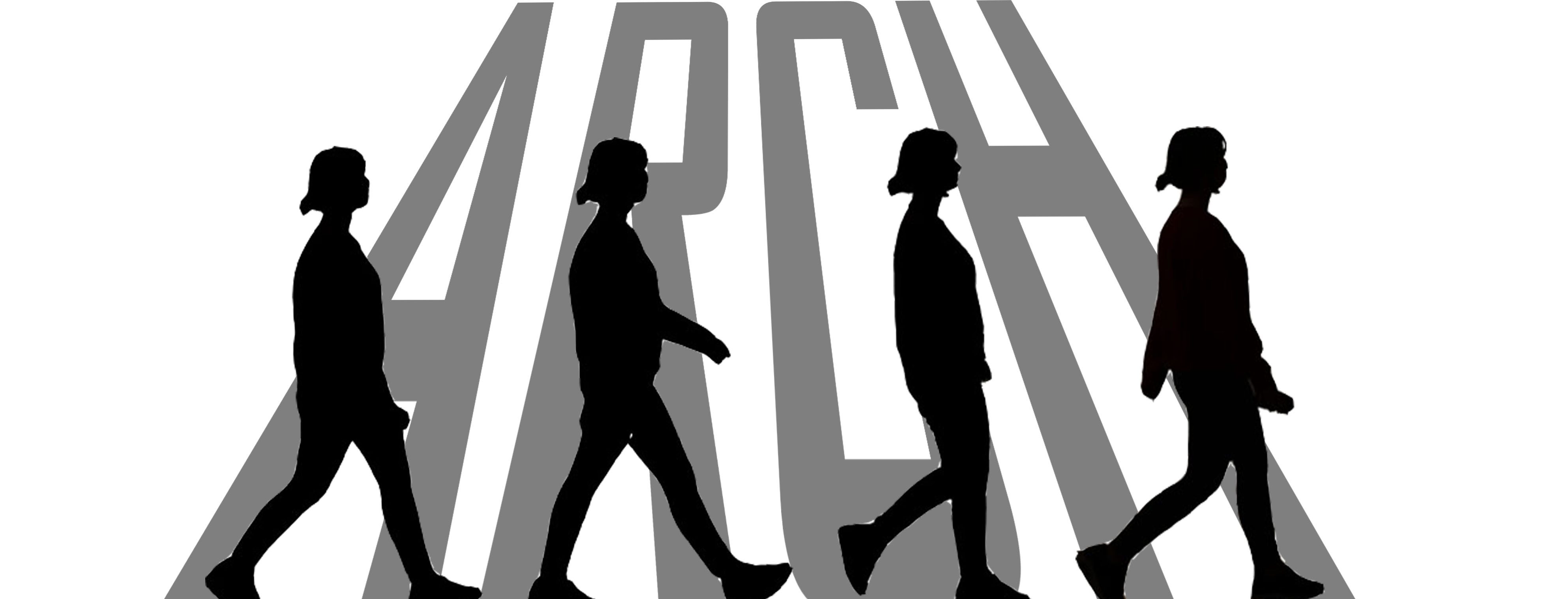
 Topkapı Palace
Topkapı Palace Şehzade Mosque
Şehzade Mosque Süleymaniye Mosque’s inside
Süleymaniye Mosque’s inside Palazzo Castellesi
Palazzo Castellesi Tempietto
Tempietto
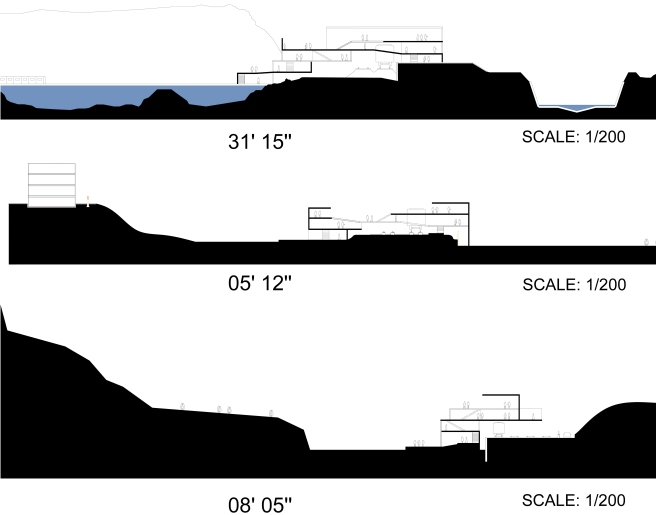
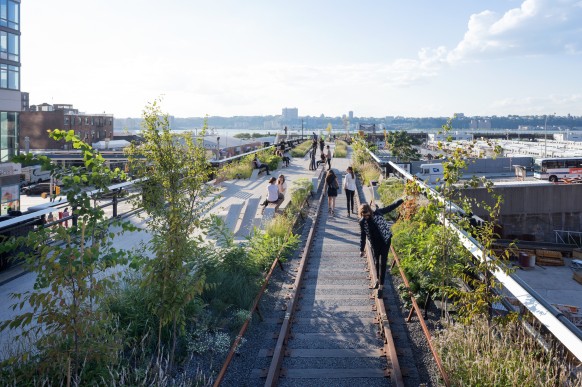 Examples of the unused train tracks
Examples of the unused train tracks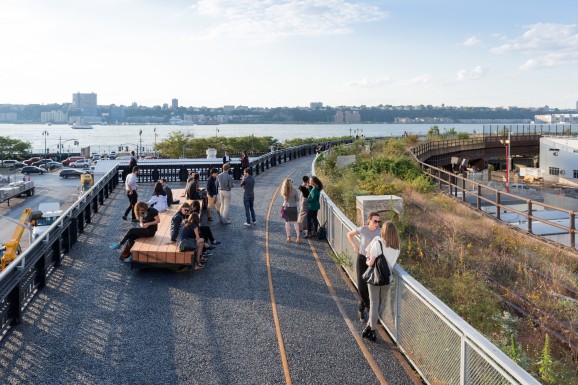
 Shown in yellow, block separating the old train rail with the new train track.
Shown in yellow, block separating the old train rail with the new train track.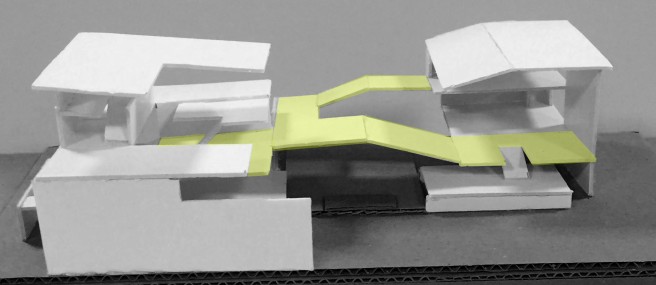 Shown in yellow is the meeting area which is transition spaces.
Shown in yellow is the meeting area which is transition spaces.



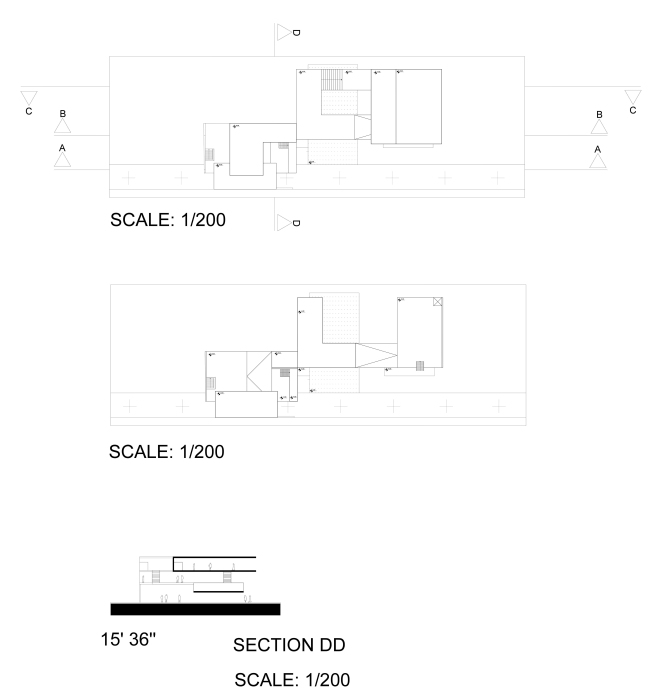





 The project aimed to replace the campus in an interconnected city with in-depth streets, squares, courtyards and numerous hiking paths in the Arab Medina model. With the development of the program, the articulation of a variety of spatial and constructive elements that have always been created in a different way has provided an incredible diversity of environments within a controlled modular system. This modular system enables spatial diversity while simultaneously bringing together different spaces.
The project aimed to replace the campus in an interconnected city with in-depth streets, squares, courtyards and numerous hiking paths in the Arab Medina model. With the development of the program, the articulation of a variety of spatial and constructive elements that have always been created in a different way has provided an incredible diversity of environments within a controlled modular system. This modular system enables spatial diversity while simultaneously bringing together different spaces.